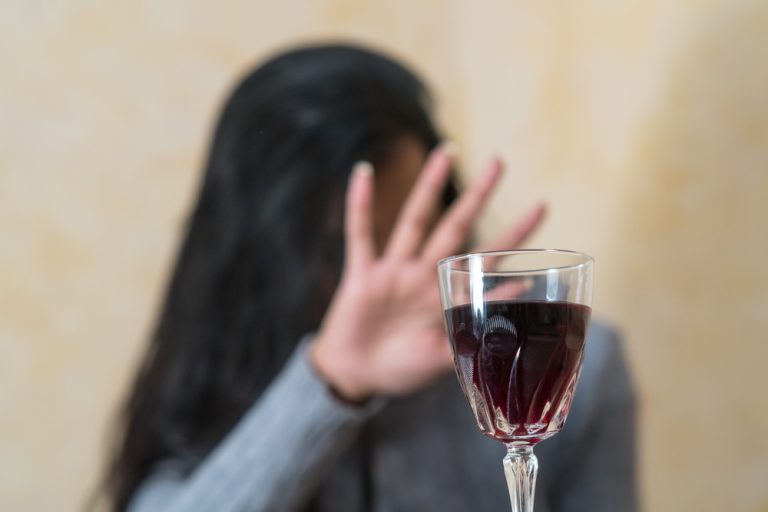Providing clients with an organized system makes them more likely to stay on track in understanding the triggers and how to cope with them. Use the Positive Reframing Worksheet when clients need help shifting their perspective on challenging situations or negative thoughts. It’s particularly effective in sessions focused on stress, problem-solving, or cognitive restructuring. Once you’ve distributed the worksheet to the clients, guide them in describing the challenging situation causing distress, encouraging them to be specific and honest. This negative self-talk habit can become so ingrained that it becomes a constant presence in daily life, affecting emotions, relationships, and overall sense of success. Students, professionals, and clients seeking personal growth can all fall victim to negative self-talk.

The Role of Relapse Prevention in Maintaining Sobriety

We emphasize aftercare planning, ensuring that the skills developed during treatment continue to support long-term sobriety. Regularly updating your relapse prevention plan helps adapt to life’s changing circumstances. This can include refining coping skills, identifying new triggers, and reinforcing support networks. Gradual relapse begins with emotional and mental shifts, giving individuals time to recognize warning signs and intervene. It is characterized by a slow buildup of negative emotions, poor coping, and increased stress. Immediate relapse, on the other hand, can occur suddenly, often triggered by a specific event or high-risk situation, leading directly to substance use without much warning.
- Underlying primary emotions—such as fear, shame, or sadness—often serve as the initial drivers, subsequently provoking secondary emotions like anger or frustration.
- These situations are defined as any event or condition that increases the likelihood of substance misuse.
- Several common triggers can potentially lead to a relapse in individuals recovering from addiction.
How can enhancing coping skills aid in recognizing high-risk situations?
I learned to types of relapse triggers love myself for the first time…I’m going to start a new chapter in my life because of Silver Ridge. Knowing what you’ll do when a trigger hits makes it easier to stay grounded in the moment. A good relapse prevention plan doesn’t just name the triggers—it includes your responses. When your brain is used to self-medicating with substances to escape pressure or avoid discomfort, even minor stress can feel unbearable without that coping tool.
How do mindfulness, meditation, and relaxation techniques assist in managing internal triggers?
This book has helped so many men and women; and we want to give it you for FREE. Get signed up today and discover how to unlock the grip of addiction and get back to living your best life. Even subtle cues like a certain smell or season can act as a relapse phase trigger. This is a common and important question—especially for those in early recovery. Another useful side effect of our technology-steeped society is that distraction is easy to come by.
- The test can also assist clinicians in understanding a patient’s history and developing personalized treatment plans.
- These answers can be great for informing your clinical practice and reflecting on your own work.
- Many recovery programs also recommend exercises like the ‘Trigger and Response Chart,’ where you log specific instances and analyze the connections between triggers and emotional or behavioral responses.
- Your clients will undoubtedly have thoughts and feelings about the end of the therapy process.
- The support offered by those closest can often mark the thin line between yielding to relapse or successfully overcoming a moment of temptation.
Positive reframing involves shifting one’s perspective on stressful situations or negative thoughts, helping to reduce feelings of hopelessness or frustration. For example, viewing a setback as a learning opportunity rather than failure reinforces resilience. Each trigger affects people differently, but emotional and pattern triggers are among the most dangerous because they often go unrecognized until it’s too late. The adjustment phase of recovery is often characterized by repeated triggers, emotional instability, and doubts about long-term sobriety. It’s also when people experience PAWS (post-acute withdrawal syndrome), which can last for months.
- Ensuring everyone understands the crisis plan and their role fosters a united approach and eases the burden on any one person.
- It’s also helpful to keep a craving log that tracks when cravings occur, what thoughts or emotions accompany them, and which coping strategies provide relief.
- At this stage, individuals may start spending time with people who are still using or visiting old hangouts.
How to Choose the Right Drug Rehab Center for You
Stress is a prominent trigger for relapse, influencing recovery outcomes significantly. It creates internal chaos by overwhelming individuals, often making them revert to previous substances as coping mechanisms. Situations where substances are present, such as parties or gatherings, can put recovering individuals in vulnerable positions. The challenge of resisting peer pressure can be overwhelming, especially when surrounded by old friends who continue to use substances. Clients can learn to identify their high-risk situations in addiction recovery through several effective strategies.
Therapy
The emerging research on sleep’s role, particularly REM sleep, further highlights opportunities for novel interventions to support emotional stability. Ultimately, promoting emotional regulation not only enhances treatment outcomes but also fosters resilience, empowering individuals to sustain long-term recovery despite emotional challenges. Recovery is a deeply personal and ongoing journey that requires resilience, constant learning, and adaptation.
What are the common warning signs and risk factors of relapse?
Techniques like ‘urge surfing’—monitoring cravings without acting—they transform emotional responses into manageable experiences. Engaging regularly in counseling helps address deep-seated emotional issues, traumas, and co-occurring mental health conditions that could impair emotional stability. Support systems also offer https://mantra777.site/deaths-and-years-of-potential-life-lost-from/ a safe space to practice coping skills and discuss vulnerabilities.
How to Minimize Discomfort During Drug Detox
Triggers activate both negative and positive emotions – both can move individuals to unhealthy or risky behaviors. The Substance Use (Relapse) Triggers Discovery Cards include over 100 specific triggers. Many internal triggers stem from negative thought patterns or unmet emotional needs. Challenging these intrusive thoughts involves questioning their validity and replacing them with positive, realistic alternatives. For example, if you feel unworthy or anxious, reframing these thoughts into affirmations or focusing on your achievements enhances emotional resilience.
This ensures clients and their support network can quickly access what they need during a mental health emergency. A Mental Health Crisis Plan is a personalized document designed to help individuals and their support networks effectively prepare for and respond to mental health crises. These crises can manifest in various ways, such as a significant escalation of symptoms like severe depression, anxiety, or behaviors that may pose a danger to oneself or others. Trigger worksheets can be used at any stage in the therapy process but are especially beneficial when identifying the underlying causes of distress and behavioral issues. Additionally, these worksheets can create structure in a therapy session and help clients develop skills for managing their triggers.
These insights can provide a clearer understanding of how sleep quality directly influences emotional vulnerability in addiction. Altered connectivity between prefrontal regions and limbic areas impacts how emotional stimuli are processed, potentially leading to impulsivity and difficulty regulating emotions. Underlying primary emotions—such as fear, shame, or sadness—often serve as the initial drivers, subsequently provoking secondary emotions like anger or frustration. This emotional cascade can intensify reactive behaviors, especially in individuals with poor emotion regulation skills. By consistently applying these mindfulness drug addiction and meditation strategies, individuals can reduce the intensity of triggers and enhance their overall emotional well-being.

These memories can stir up strong emotions that lead to the impulse to use a substance again. Triggers do not necessarily lead to relapse, but they do make it harder to resist the sudden cravings they produce. One of them is dealing with the many physical and emotional cues that arise as people go through life, which results in the desire to pick up the substances they are trying to put down for good.
